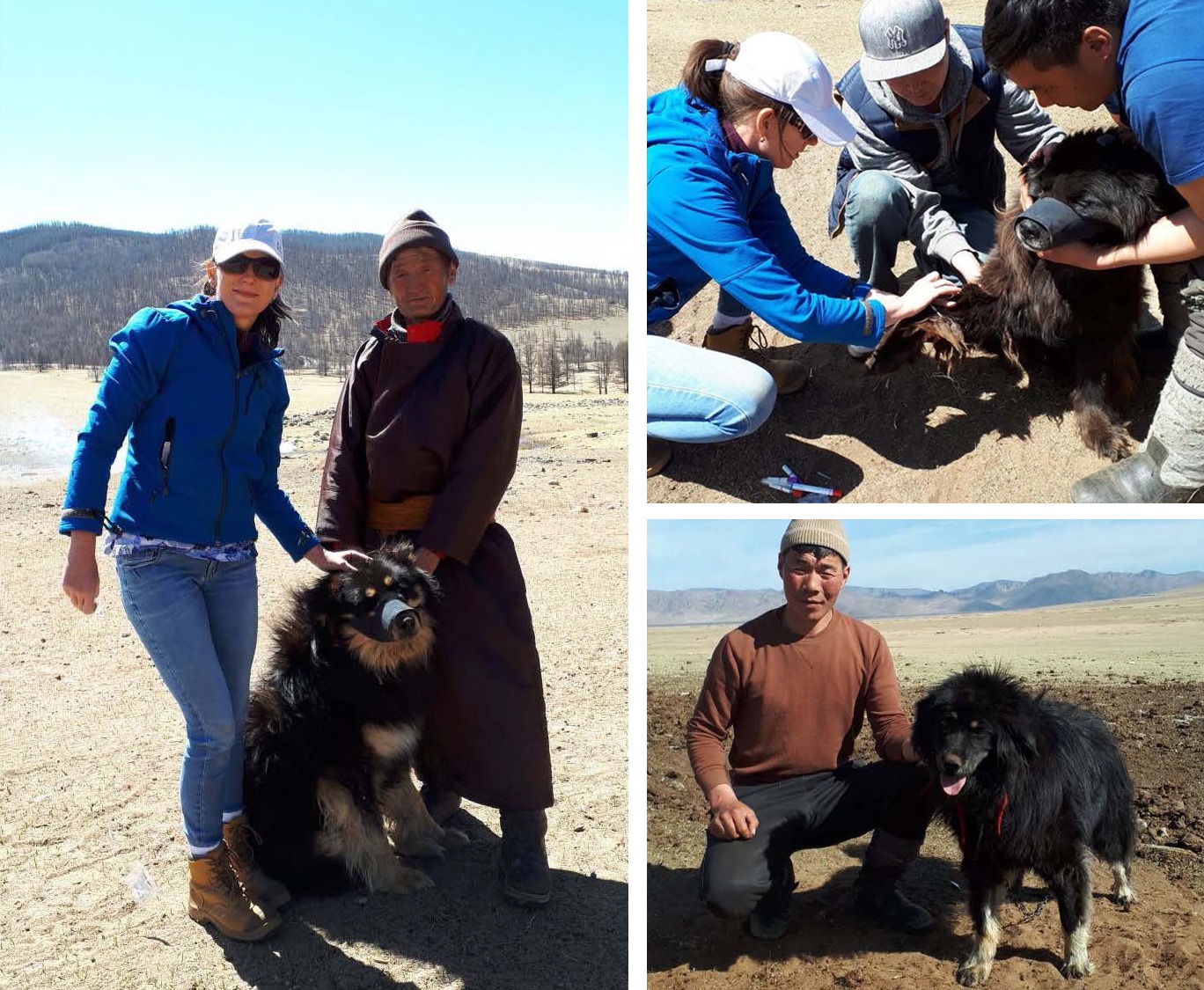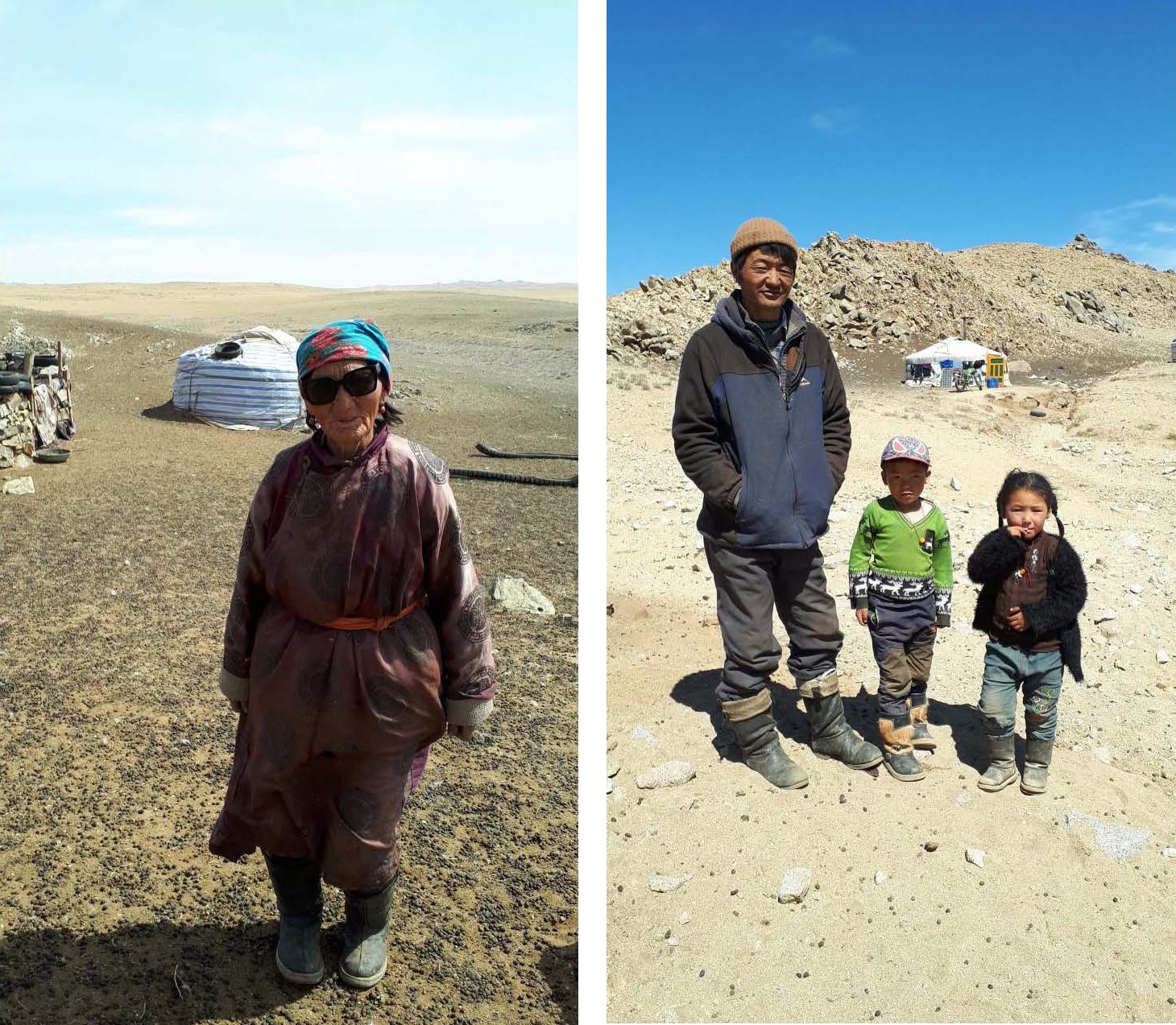

Do nomadic herders’ steppe dogs host vector borne diseases?
March 10, 2020
As part of our concerted efforts to support and encourage the next generation of Australians in study, careers and volunteering in international agricultural research, the Crawford Fund State Committees proudly support our Student Awards.
These awards allow university students from around Australia to include an international component to their studies, to travel to their host countries to research and explore their chosen topic areas and gain international agricultural research experience and expertise.
Throughout the past year, we have enjoyed sharing the journey of our 2018 recipients of these Awards and their experiences have been diverse and overwhelmingly positive. They are available here.
We now proudly present to you the reports from our 2019 cohort as they complete their travels and research. To date we have reported on the experiences of Luke Dieters from the University of Queensland; Jori Bremer from the University of New England; Nadeem Akmal from the University of Canberra; Nina Matsumoto from the University of Sydney; Peter Richardson from the University of Melbourne; and most recently Charles Callaghan, William Davies and Rebecca Owen from Charles Sturt University and Daniel Waterhouse from Murdoch University.
Our 2020 Student Awards in ACT, NSW and QLD have been extended due to the disruption to the university year caused by COVID-19 so check out the backgrounder and apply online before Monday 2 November 2020.
As part of her Bachelor of Veterinary Sciences PhD research, Cassandra Davitt from the University of Melbourne travelled to Mongolia in 2019, with support in-country from the Mongolian University of Life Sciences, to answer the question: are Bankhar dogs a reservoir host for vector borne disease in Mongolia”?
“The Crawford Fund gave me the opportunity to travel to Central and South West Mongolia to investigate the role of Bankhar dogs, traditional steppe dogs used by the nomadic herders, as a reservoir host for human vector borne diseases,” said Cassandra.
Vector borne diseases (VBD) are illnesses that result from pathogens (viruses, bacteria or parasites) that can be transmitted to humans via the bite of an infected arthropod vector. Examples of such vectors include ticks, mites, fleas, sandflies or mosquitoes and it is well recognised that globally these ectoparasites feed on dogs, which in turn help spread VBDs that impact both human and canine health. Commonly known VBDs include Lyme disease, tick‐borne encephalitis and anaplasmosis.
“To-date, there is no published literature on vector borne diseases in dogs in either Bayahkhongor or Terelj, the areas in Mongolia I focused my research on, however, local veterinarians advised there is a tick problem in these areas,” said Cassandra.
Herders are nomadic and move four times per year every year to find both pasture and shelter out of the elements suitable for livestock. The native Bankhar dogs are used as livestock protection dogs and they aid in reducing the stocking density of livestock and hence contribute to sustainable herding practices. Bankhar dogs are very clever, beautiful, talented and as they are working livestock protection dogs, they can be very aggressive.

“As we know there are VBDs in people, rodents, livestock and ticks in Mongolia, and we wanted to know whether Bankhar dogs are a reservoir host for human vector borne disease, ideally to implement preventative programs/recommendations to reduce ectoparasite burden and to educate both veterinarians and herders in prevention of disease,” said Cassandra.
“Herders are challenging to locate as they are dispersed between valleys and there is significant distance (up to 30 mins drive) between gers (Mongolian traditional housing). During the Bayankhongor trip we sampled 35 nomadic herder Bankhar dogs, and in Terelj, an additional 18 nomadic Bankhar dogs were sampled. Unfortunately, due to the extreme temperatures (‐1 to ‐3 degrees celcius) in Terelj on the days we sampled less herders were available to participate,” said Cassandra.
As well as a driver, local and district veterinarians were employed to aid humane restraint, sampling and data collection, and an ectoparasite control was applied to all participants. Blood was collected and frozen for export to University of Melbourne for next generation sequencing metabarcoding, and additional samples were collected (conjunctival swabs, serum, peripheral ear pricks, blood smears, ectoparasites) and will be included in Cassandra’s PhD project with analysis to be conducted at a later date.
Next generation sequencing was undertaken for a number of VBDs. Of the 53 dogs sampled, 38 dogs tested positive for Candidatus mycoplasma haematoparvum; 34 tested positive for Mycoplasma (highly likely M.haemocanis); one tested positive for Ehrlichia spp. (which may be a novel species); and two tested positive for Brucella spp. (although not a VBD is most likely zoonotic B. canis which still has implications for public health). All dogs were negative for Borrelia spp., Bartonella spp., Anaplasma spp., Babesia spp., and spotted fever group Rickettsias.
A number of ticks and fleas were also collected for morphological identification as part of the PhD as there has been no literature published on the species of ticks found on dogs in Mongolia.

“This trip was both highly enjoyable and very rewarding. Although the sample size was small, there appears to be a very high prevalence of Mycoplasma hemocanis and Candidatus mycoplasma haemtoparvum. It is currently unknown if these pathogens are tick or flea borne in this population and further investigation is required. Further to this, the potential discovery of a novel Ehrlichia species is extremely exciting,” said Cassandra.
Further next generation sequencing metabarcoding is to be completed later this year on these dogs to determine the presence of protozoa, as well as deep sequencing to identify the Ehrlichia spp.
“Our preliminary results suggest that Bankhar dogs are a reservoir host for vector bone diseases in Mongolia and further investigation is warranted,” said Cassandra.
“I would like to personally thank the Crawford Fund for their contribution to our research. Without their funding these beautiful dogs would not have been sampled nor had any next generation sequencing work undertaken and given these results. We will be doing further testing to investigate further and advise the local veterinarians of these dogs of preventative measures and treatment options available to them (if available in Mongolia),” concluded Cassandra.




